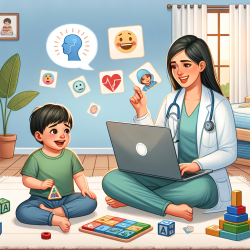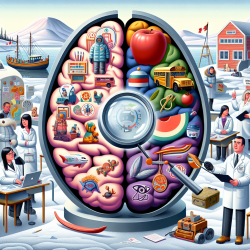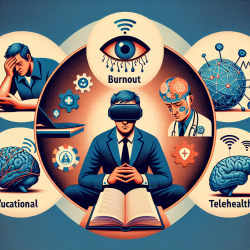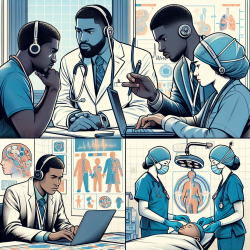In recent years, the prevalence of Autism Spectrum Disorder (ASD) and Intellectual Disability (ID) among children has increased significantly. As practitioners, it is crucial to understand the unique challenges faced by this population, especially concerning trauma and psychosocial adversity. A recent study titled "Trauma and psychosocial adversity in youth with autism spectrum disorder and intellectual disability" provides valuable insights that can help improve clinical practice.
Understanding Trauma in Children with ASD and ID
Children with ASD and ID are more susceptible to traumatic experiences compared to their typically developing peers. According to the study, the risk of maltreatment is significantly higher in children with ASD and ID. This increased vulnerability can be attributed to deficits in social communication, making it challenging for these children to report abuse or understand inappropriate behaviors.
Implementing Trauma-Informed Practices
To effectively support children with ASD and ID, practitioners should adopt trauma-informed practices. Here are some key recommendations based on the study:
- Ecological Systems Analysis: Understand trauma as an outcome of interdependent systems including family, community, and societal factors. This holistic approach helps in identifying the root causes and addressing them effectively.
- Collaborative Care: Work in collaboration with parents, teachers, and other healthcare providers to gather comprehensive information about the child's behavior and functioning. This multi-disciplinary approach ensures that all aspects of the child's life are considered.
- Adapted Interventions: Use trauma-focused cognitive behavioral therapy (TF-CBT) and Eye Movement Desensitization and Reprocessing (EMDR) therapy, adapted to the developmental and communication needs of children with ASD and ID. These evidence-based treatments can be highly effective when tailored to the child's specific needs.
- Clear Communication: When assessing trauma in children with ASD, it is essential to speak clearly and slowly, using a gentle tone. Utilize all available communication aids such as visual cues, sign language, or tablets to facilitate understanding.
Encouraging Further Research
While the study provides valuable insights, there is still a need for further research to better understand the prevalence and treatment of trauma-related disorders in children with ASD and ID. Practitioners are encouraged to stay updated with the latest research and contribute to the growing body of knowledge in this field.
Conclusion
The impact of trauma on children with ASD and ID is profound and requires specialized, informed approaches to treatment. By implementing the recommendations from the study, practitioners can improve outcomes for these vulnerable children. Collaborative care, adapted interventions, and clear communication are essential components of effective trauma-informed practices.To read the original research paper, please follow this link:
Trauma and psychosocial adversity in youth with autism spectrum disorder and intellectual disability.










